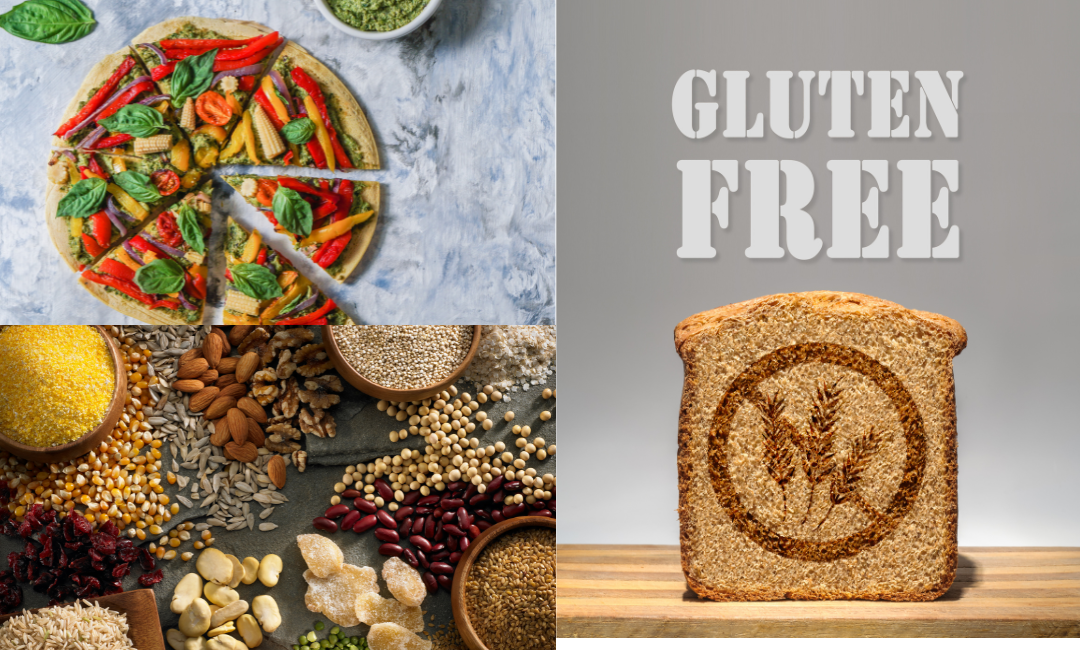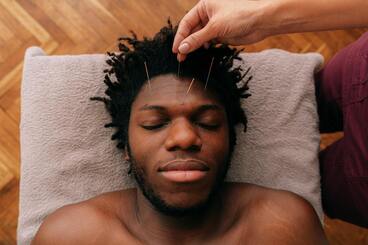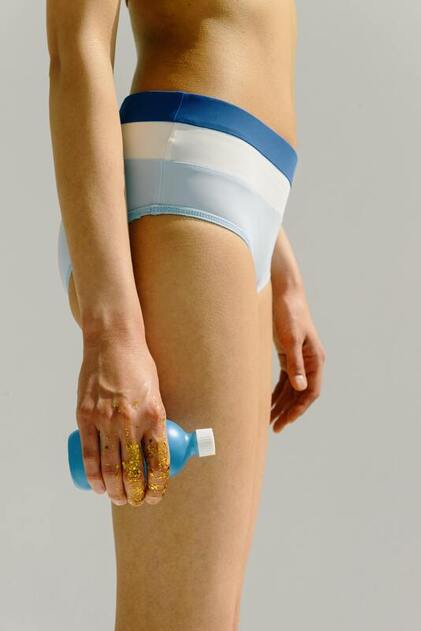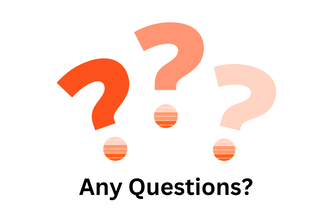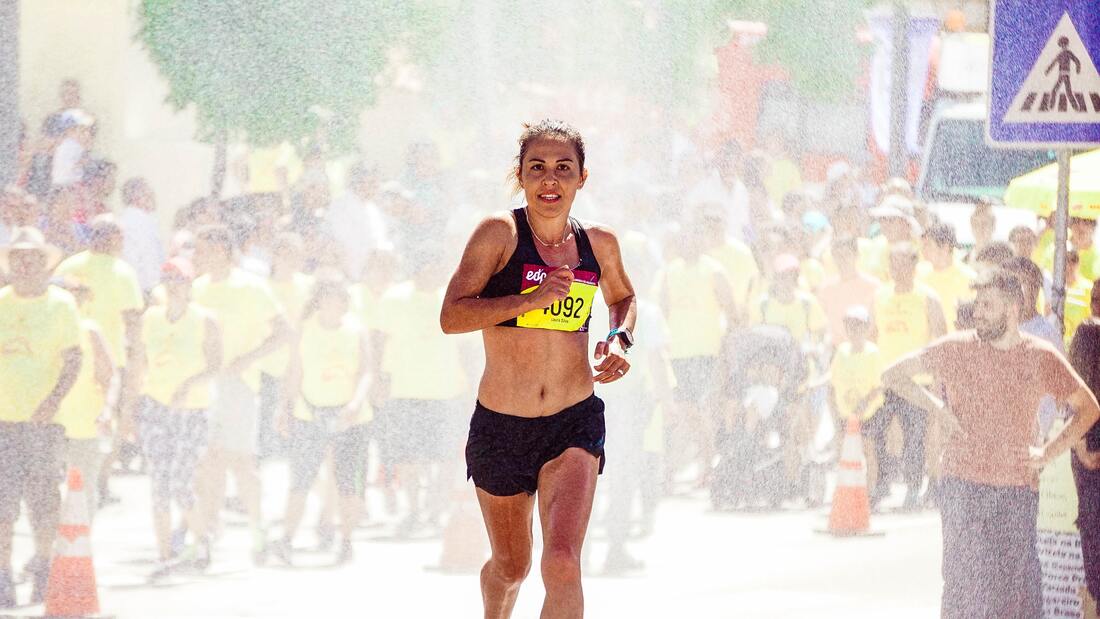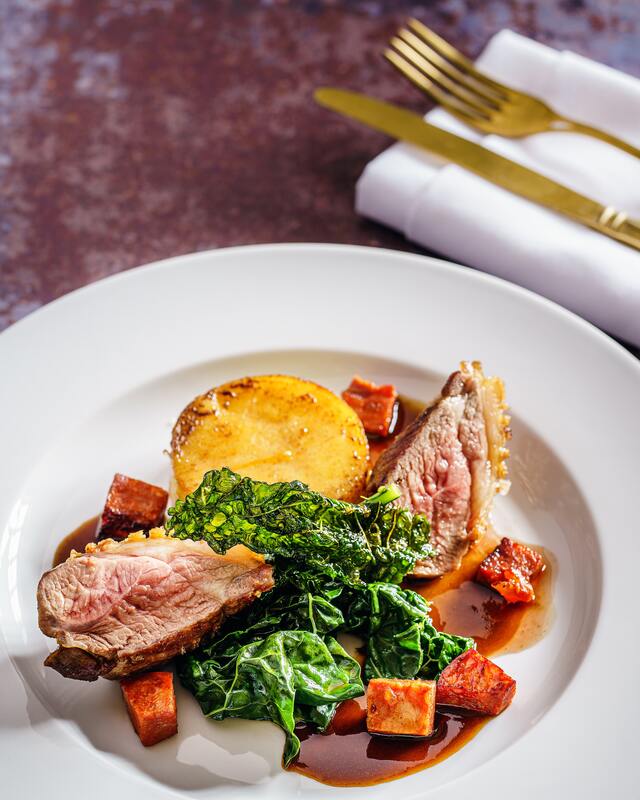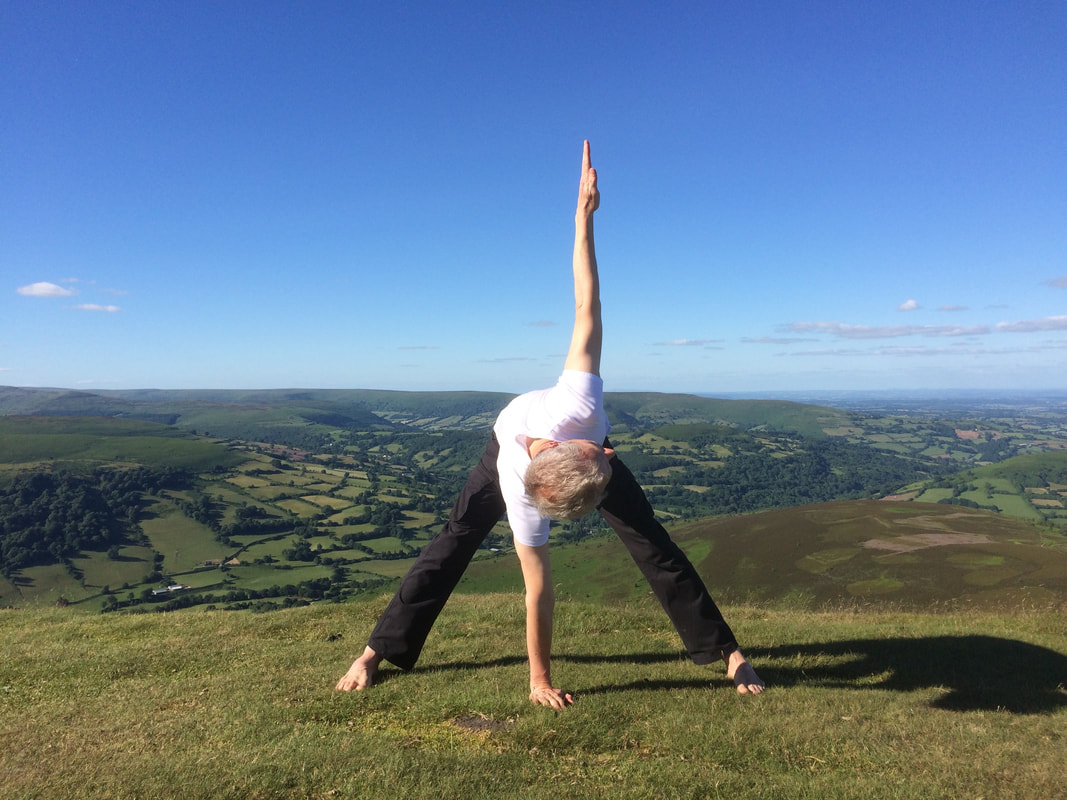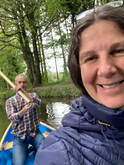How do YOU go about making changes towards a healthier diet? |
Worried you’ll have aches and pains forever?
Get instant access to our Get Rid of Aches & Pains so you can feel amazing too.
AuthorsWe are Kari van Eden and Michael Cordel. Archives
February 2024
Categories |
|
CONTACT
Mobile: 07792 861108 Email: [email protected] Where: Monmouthshire, Wales, UK Chepstow- Devauden - Raglan - Abergavenny - Llanfoist |
Proudly powered by Weebly

